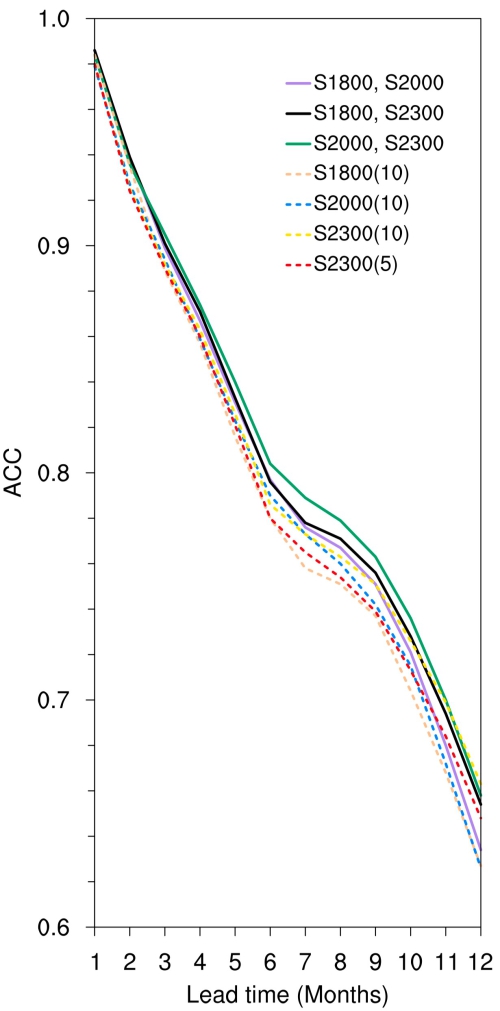ENSO is one of the most dominant and predictable interannual climate signals in the tropics with global influence on atmospheric circulation and precipitation. Accurate seasonal ENSO forecasts help predict ENSO-related meteorological disasters and reduce casualties and property losses. At present, multiple initialization value ensemble, multiple model ensemble and multiple model parameter ensemble are the commonly used ensemble methods to improve the ENSO prediction skill.
In a recent research, the ENSO prediction group in the Center for Monsoon System Research (CMSR), Institute of Atmospheric Physics (IAP), Chinese Academy of Sciences (CAS), led by Prof. Ping Huang, suggests another efficient strategy – the multiple initialization parameter ensemble (MIPE) – that can further improve ENSO prediction skill. The study uses the coupled general circulation model ICMv2 developed by CMSR, IAP, CAS to implement multiple sets of forecast initial fields for ENSO predictions and finds MIPE is superior to single initialization parameter ensemble (SIPE) on ENSO forecasts at 1- to 10-month lead time. This study provides a new strategy for improving the ENSO prediction skill and saving the calculation cost.
The research has been published in the Journal of Advances in Modeling Earth Systems. The above research was supported by the National Natural Science Foundation of China (41722504, 41575088 and 41530426), the Public Science and Technology Research Funds Project of the Ocean (201505013), and the Youth Innovation Promotion Association of CAS.

Prediction skill of ENSO by ICM represented by the anomaly correlation coefficient (ACC) of Ni?o3.4 index at 1‐ to 12‐month lead time between the observation. (Solid lines) Results of MIPE forecasting and (dash lines) results of SIPE forecasting.
Reference:
Wang, Y., P. Huang, L. Wang, P.-F. Wang, K. Wei, Z. Zhang, and B. Yan, 2019: An improved ENSO ensemble forecasting strategy based on multiple coupled model initialization parameters. Journal of Advances in Modeling Earth Systems, 11, 2868–2878.
https://doi.org/10.1029/2019MS001620
Media contact: Ms. LIN Zheng, jennylin@mail.iap.ac.cn
